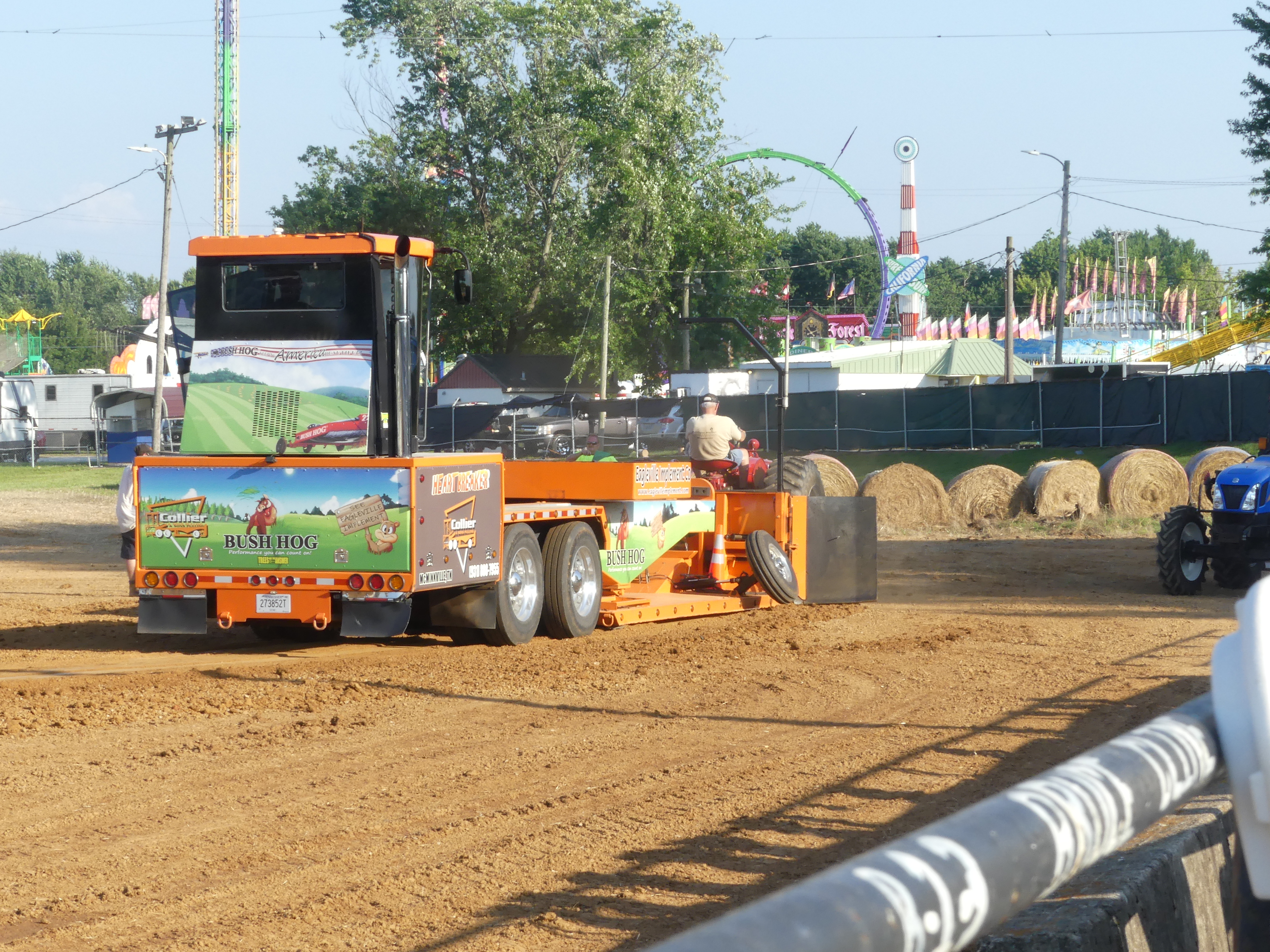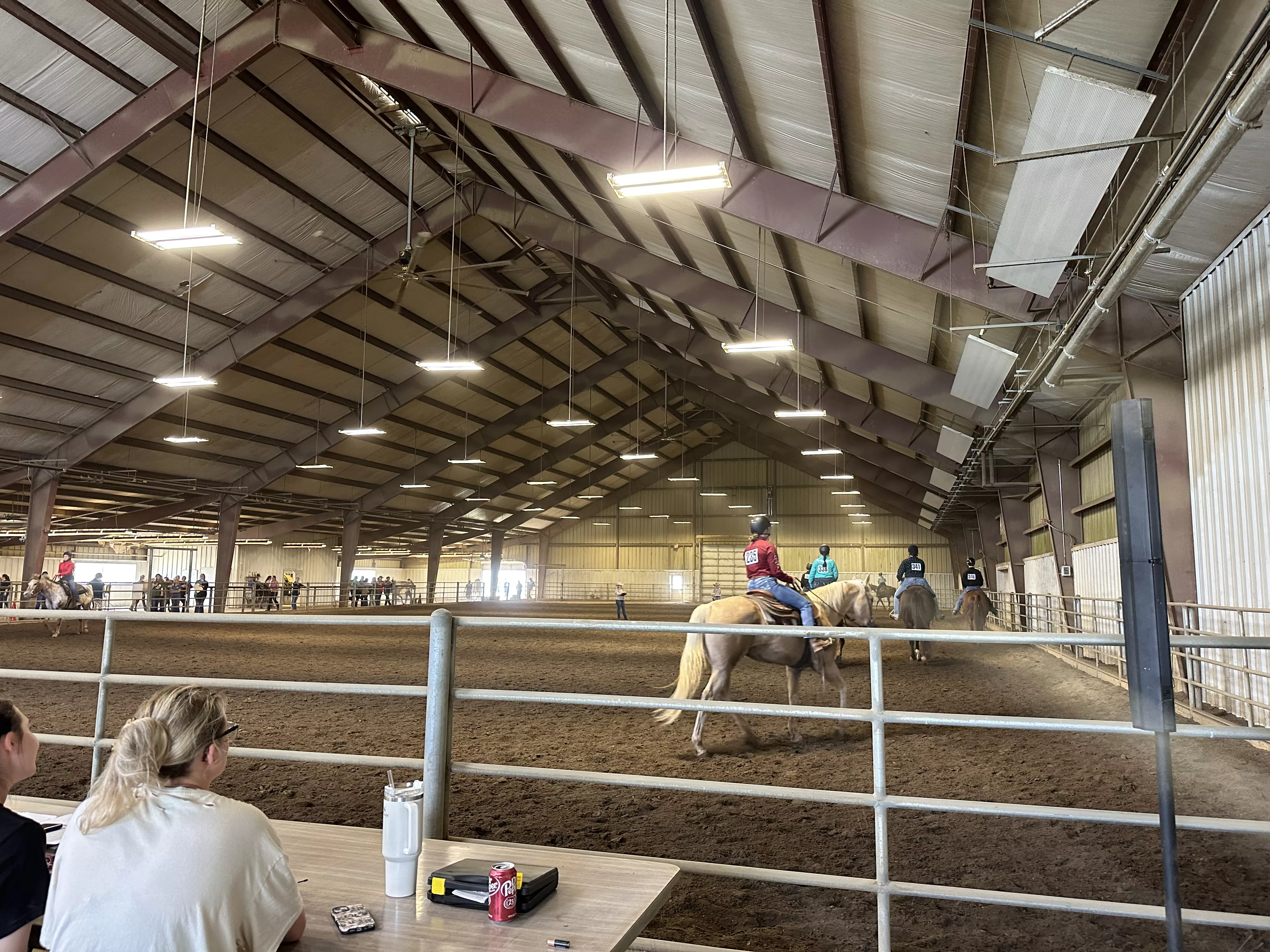Few things are as interesting and attractive as songbirds. Unfortunately, suitable habitat for birds is often in short supply. As urban areas expand and develop, natural areas are often destroyed or altered dramatically. By creating bird gardens, we can provide an oasis for birds, even in the city. This not only benefits your overall landscape but you will see an increase in number and variety of birds in your backyard.
The first step in designing a bird garden is to evaluate your yard from a bird’s perspective. Does it provide the basic necessities of food, water, and shelter that birds need to survive? If not, which are lacking? Bird feeders are commonplace and do a great job of providing food, but a sustainable bird garden also relies on fruit and seed bearing plants. Some good selections of seed bearing grasses and perennials include Little Bluestem, Indian Grass, Goldenrod, Coneflower, and Cardinal Flower.
Consider these trees and shrubs for their fruit: Gray Dogwood, Blueberry, Viburnum, Sweetbay Magnolia, and Blackgum. Plants that hold their fruit through winter, like Hawthorne and Winterberry, provide a vital food source for non-migratory birds. Add variety to the kinds of food you offer, and you’ll attract a wider variety of bird species.

A good water source draws birds like a magnet. Even just a common birdbath will do. Some people hang a plastic bottle or jug of water with a hole in the bottom over their birdbath. The motion and sound of the dripping water is irresistible to many birds.
What about shelter? Does your yard have an area of dense thickets that birds could use for nesting, secluded perching, or escape cover? If not, then plant some shrubs or make a hedge. Trees like the Eastern Red Cedar make a dense cover for winter. Consider growing some vines up the side of your house or along your fence. Try to create lush, wild growth in a few places to simulate a natural environment.
When you’re designing your yard, consider how large each plant will be when it matures. Remember that a little tree that you plant today may become a giant behemoth that hogs your entire yard in a few years. Learn as much as you can before you purchase your plants this fall to avoid making a costly error. A great resource on-line for bird gardeners who also want to include native plants can be found at: http://www.abnativeplants.com/
If you have a large property, consider leaving dead limbs and even entire dead trees (called snags) where they pose no risk to people or property. The insects tunneling under the bark are an important food source for birds such as chickadees, woodpeckers and nuthatches. Old hollow trees are also becoming increasingly scarce. When possible leave these trees for cavity-nesting birds such as bluebirds and woodpeckers.
If space is an issue, consider using dead branches that fall from your trees to start a small brush pile. It will provide protection to the birds from harsh weather and predators. To start your brush pile, lay down some thick branches about two feet deep, and then add thinner branches on top. Over that, add some thin conifer branches.
Through proper plant selection, a little time, and effort, you can easily turn your backyard into a welcome haven for local and migrant songbirds.
— Kelly Jackson, Christian County Extension Agent








